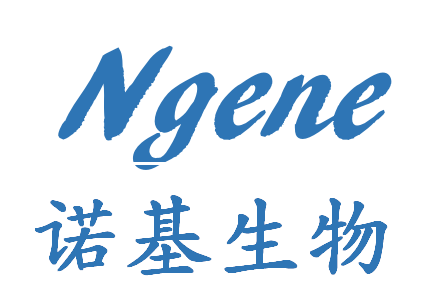AaEIL2 和 AaERF059 通过交叉调控 Actinidia arguta 中乙烯和生长素信号通路参与果实着色和成熟
Horticultural Plant Journal ( IF 5.7 ) Pub Date : 2025-03-01 , DOI: 10.1016/j.hpj.2024.07.013
Yukuo Li , Zhe Song , Xu Zhan , Miaomiao Lin , Xiaohan Li , Ran Wang , Leiming Sun , Hong Gu , Feng Wei , Jinbao Fang , Xiujuan Qi
在猕猴桃 (Actinidia arguta) 中,果实着色通常伴随着成熟;然而,这两个过程之间的内在联系仍不清楚。在这项研究中,我们发现乙烯和生长素分别加速和抑制了 A. arguta 的果实着色和成熟。乙烯不敏感的 3-LIKE 2 (AaEIL2) 和乙烯反应因子 (AaERF059) 使用酵母双杂交文库筛选和转录组分析进行挖掘和鉴定。AaEIL2 被乙烯特异性诱导高表达,通过靶向 AaLDOX (参与花青素生物合成的白花青素双加氧酶) 和 AaPG18 (参与细胞壁降解的多半乳糖醛酸酶) 被证实为一种转录因子,基于其在拟南芥原生质体中的亚细胞定位、转基因番茄中的稳定遗传转化以及酵母单杂交和荧光素酶活性测定。AaERF059 还通过靶向下游基因 AaACS2 (ACC 合酶,参与乙烯生物合成) 和 AaGH3 (Gretchen-Hagen 3,参与生长素途径) 来响应乙烯并调节乙烯/生长素介导的果实着色和成熟。总体而言,AaEIL2 和 AaERF059 通过以正负调节方式维持动态平衡来调节乙烯和生长素介导的果实着色和成熟。我们的结果不仅确定了 A. arguta 的关键基因,还建立了 A. arguta 果实着色和成熟之间的内在联系。
AaEIL2 and AaERF059 are involved in fruit coloration and ripening by crossly regulating ethylene and auxin signal pathway in Actinidia arguta
In kiwifruit (Actinidia arguta), fruit coloration is typically accompanied by ripening; however, the intrinsic connection between these two processes remains unclear. In this study, we found that ethylene and auxin accelerated and suppressed fruit coloration and ripening, respectively, in A. arguta. ETHYLENE INSENSITIVE 3-LIKE 2 (AaEIL2) and ETHYLENE RESPONSIVE FACTOR (AaERF059) were mined and identified using yeast two-hybrid library screening and transcriptome analysis. AaEIL2, specifically induced to high expression by ethylene, was confirmed as a transcription factor that positively regulates coloration and ripening by targeting AaLDOX (leucoanthocyanidin dioxygenase involved in anthocyanin biosynthesis) and AaPG18 (polygalacturonase involved in cell wall degradation) based on its subcellular localization in Arabidopsis protoplasts, stable genetic transformation in transgenic tomato, and yeast one-hybrid and luciferase activity assays. AaERF059 also responds to ethylene and regulates ethylene-/auxin-mediated fruit coloration and ripening by targeting the downstream genes AaACS2 (ACC synthase, which is involved in ethylene biosynthesis) and AaGH3 (Gretchen-Hagen 3, which is involved in the auxin pathway). Overall, AaEIL2 and AaERF059 regulate ethylene-and auxin-mediated fruit coloration and ripening by maintaining a dynamic balance in a positive and negative regulatory manner. Our results not only identified key genes but also established an intrinsic connection between fruit coloration and ripening in A. arguta.

